There are over 1,100 species of bats worldwide, with at least 121 species found in Guyana and 86 found within the Iwokrama forest. They are found on every continent except for Antarctica, feed at every level of the ecosystem and are the only, true, flying mammal. The smallest bat measures around 3 cm in length with wingspans of 15 cm, whilst the largest measures around 15 cm with wingspans about 1.5 m in length.
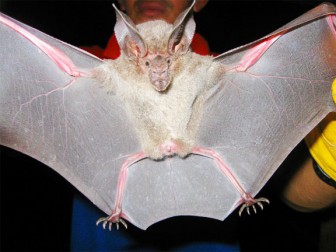
Bats are usually considered a pest. However the benefits derived from bats outweigh any negative impacts. For example, 70 % of all bats feed on insects such as flies and mosquitoes, helping to keep these and other pests at bay. Bats also feed on fruits and are therefore responsible for the pollination, seed-dispersal and distribution of many important forest and agricultural plants (such as bananas, cashews, breadfruit and mangoes) from which we derive an estimated 443 useful products.
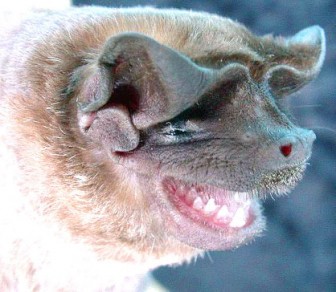
One of the main fears about bats is their ability to contract and pass on the rabies virus. Rabies, however, is only passed on through a bite from the infected animal or through direct contact with infected fluids, eg saliva or blood in an open wound. If a bat is seen late in the day flying erratically or appears disoriented it should not be approached or handled. Assume that the animal is sick and keep away. Very few bats actually spread rabies because most of the animals become too sick to fly and die soon after the disease develops. Vampire bats are one species known to cause rabies outbreaks; however, many beneficial species are killed in the attempt to control the vampire bat population.
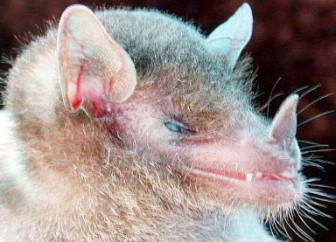
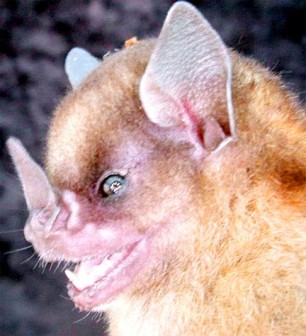
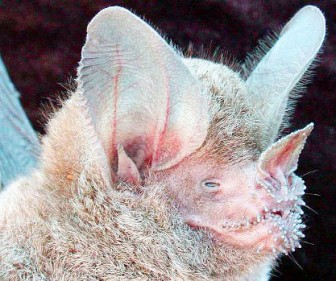
Rain forests are rich in biodiversity and are home to many different plants and animals. Indigenous communities also make their homes there. Even if you don’t live in the rain forest, humans rely on the forest for resources such as building materials (wood and lianas), medicine and fruits. Rain forests also provide essential environmental services for life on earth; they create soil as well as prevent soil erosion, produce oxygen though photosynthesis, maintain clean water systems, and are a key defence against climate change.
The Iwokrama Rain Forest is 371,000 hectares, located in the heart of Guyana. Our mission is to develop strategies for conservation and sustainable development for local people in Guyana and the world at large. We are involved in tourism, training, research and our timber is certified by the Forest Stewardship Council. Come and visit us in the rain forest or at http://www.iwokrama.org.




